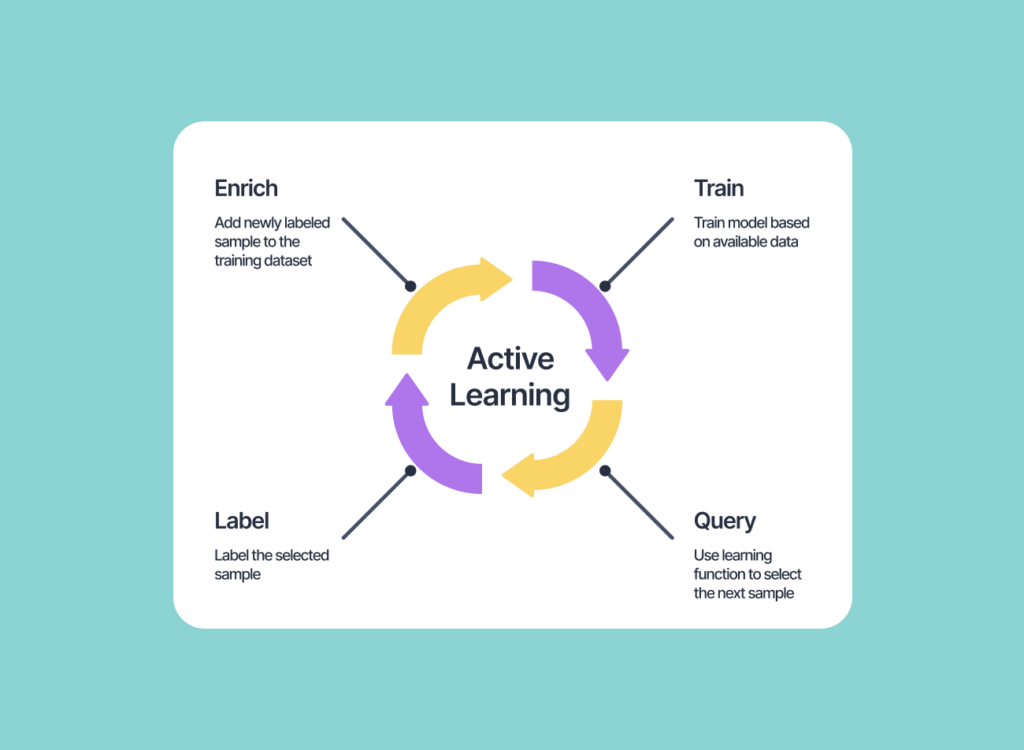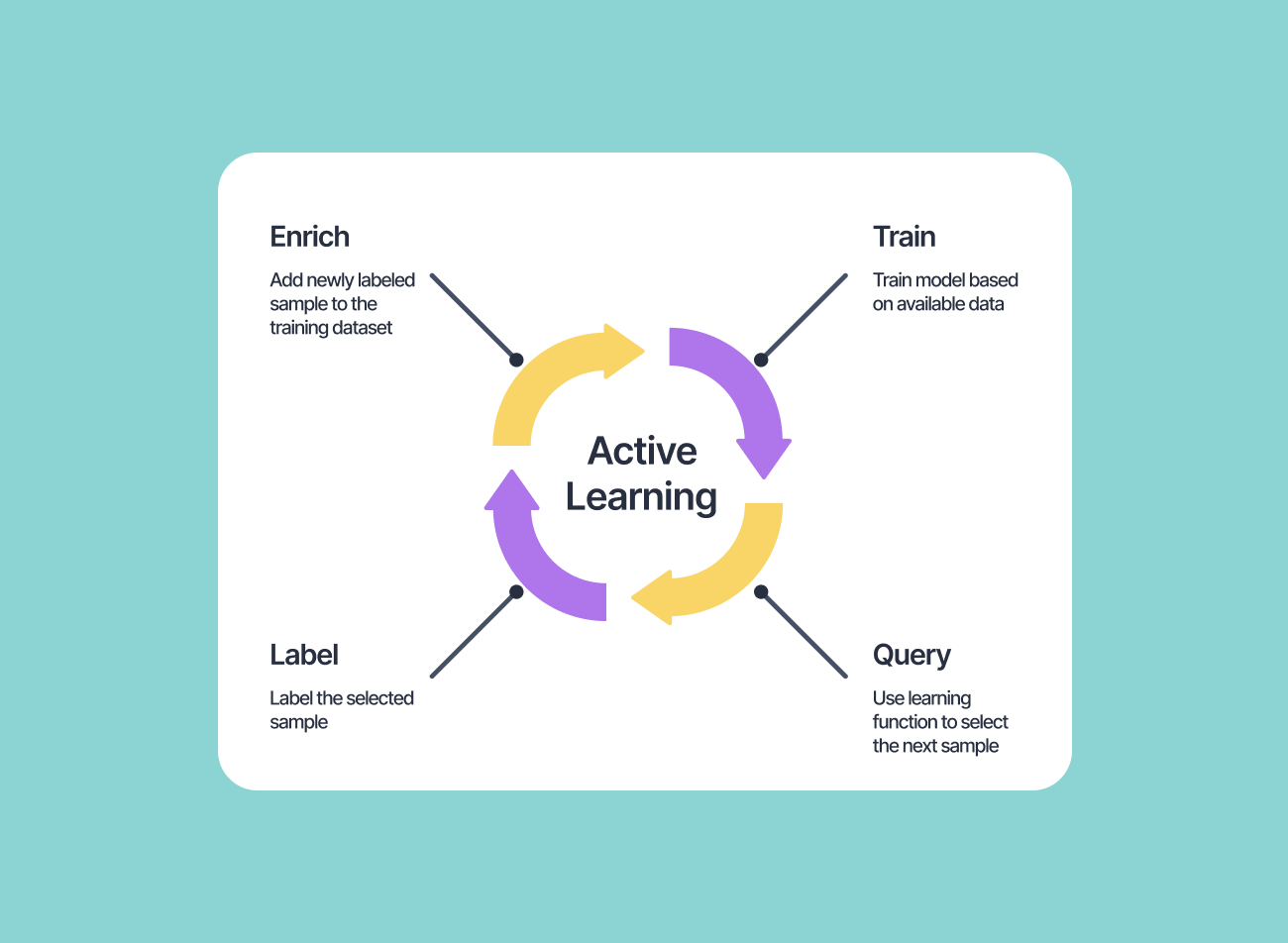
Active learning is a machine learning technique that involves the algorithm actively selecting which data points to label in order to improve model performance. Unlike traditional supervised learning where all data points are labeled before training, active learning allows the algorithm to choose the most informative data points to label, thereby reducing the amount of labeled data needed for training.
Active learning is particularly useful in scenarios where labeling data is time-consuming or expensive, as it allows the algorithm to prioritize which data points to label based on their potential impact on the model’s performance. By selecting the most informative data points for labeling, active learning can help improve model accuracy and reduce the overall cost of data labeling.
One common approach to active learning is uncertainty sampling, where the algorithm selects data points that it is most uncertain about in order to reduce its uncertainty and improve model performance. Another approach is query by committee, where multiple models are trained on different subsets of the data and the algorithm selects data points where the models disagree in order to improve model robustness.
Overall, active learning is a powerful tool in the machine learning toolbox that can help improve model performance with less labeled data. By actively selecting which data points to label, active learning can help reduce the cost and time associated with data labeling while still achieving high levels of accuracy in model predictions.
1. Active learning in AI allows algorithms to select and label the most informative data points, reducing the need for large amounts of labeled data.
2. By actively choosing which data points to label, active learning can significantly reduce the time and cost associated with training machine learning models.
3. Active learning helps improve the accuracy and efficiency of AI models by focusing on the most relevant data points for training.
4. This approach is particularly useful in scenarios where labeling data is expensive or time-consuming, such as in medical imaging or natural language processing.
5. Implementing active learning in AI systems can lead to faster model convergence and better overall performance, making it a valuable tool for optimizing machine learning workflows.
1. Active learning can be used in machine learning models to reduce the amount of labeled data needed for training, making the process more efficient and cost-effective.
2. Active learning can be applied in natural language processing tasks, such as text classification and sentiment analysis, to improve the accuracy of the models by selecting the most informative data points for labeling.
3. Active learning can be used in image recognition tasks to prioritize the labeling of images that are most likely to improve the performance of the model, leading to faster and more accurate results.
4. Active learning can be utilized in medical diagnosis applications to assist healthcare professionals in identifying and classifying diseases more accurately, ultimately improving patient outcomes.
5. Active learning can be integrated into recommendation systems to personalize and optimize the recommendations provided to users based on their preferences and feedback, enhancing the overall user experience.

There are no results matching your search.
ResetThere are no results matching your search.
Reset